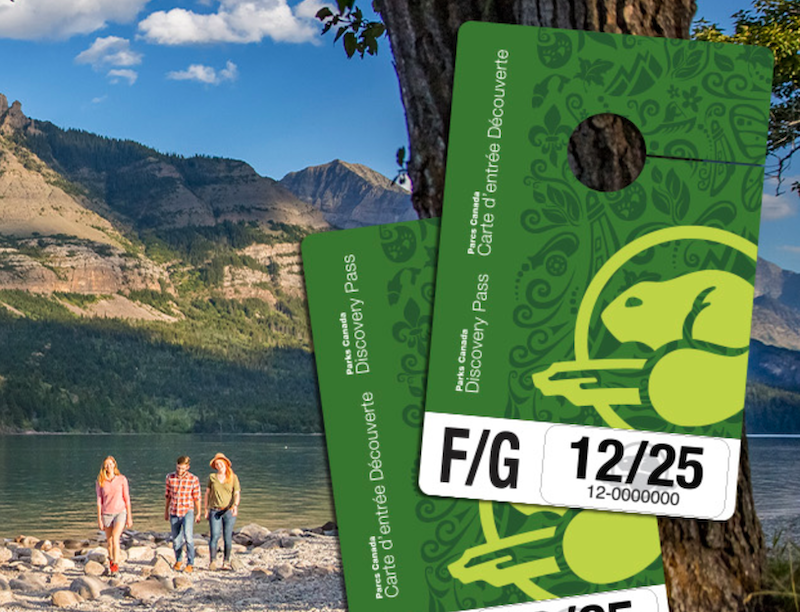Welcome to Banff!
Nestled in the heart of the Canadian Rockies, Banff offers an inspiring setting where natural beauty meets world-class culture. With breathtaking mountain landscapes, vibrant wildlife, and a peaceful alpine atmosphere, Banff is the perfect place to reflect, connect, and innovate. The town’s unique charm is enriched by a thriving arts and culture scene, boutique shopping, and outdoor adventures, offering memorable experiences beyond the 2026 Canadian Stroke Congress sessions.
Meeting Venue
The 2026 Canadian Stroke Congress will take place at the Banff Centre for Arts and Creativity (https://www.banffcentre.ca/conferences/meet-connect). Located on the slopes of Tunnel Mountain and surrounded by panoramic mountain views, the Banff Centre combines state-of-the-art meeting facilities with an atmosphere of creativity and inspiration. This iconic venue encourages fresh thinking and meaningful collaboration – an ideal setting for advancing stroke care and research in Canada.
Located on the side of Sleeping Buffalo Mountain, in Treaty 7 territory, the Banff Centre for Arts and Creativity is a sacred place for Indigenous people. For generations, Indigenous people gathered and held celebrations here, a tradition that continues today. Banff Centre is committed to Truth and Reconciliation by creating a dialogue between Indigenous and non-Indigenous Canadians.
Join us in Banff for an unforgettable Congress experience that blends scientific excellence with the unmatched beauty of the Canadian Rockies.





In the spirit of respect, reciprocity, and truth, we honour and acknowledge that the townsite of Banff is located on traditional Treaty 7 territory. These sacred lands are a gathering place for the Niitsitapi from the Blackfoot Confederacy, of whom the Siksika, Kainai, and Piikani First Nations are part; the Îyârhe Nakoda of the Chiniki, Bearspaw, and Goodstoney First Nations; the Tsuut’ina First Nation; the Métis Nation of Alberta, Region III within the historical Northwest Métis Homeland, and many others whose histories, languages, and cultures continue to enrich our vibrant community.
Travel Information
By Air
Almost every major airline flies directly into the Calgary International Airport, which is a short 90-minute (130 kilometres) drive to Banff National Park. You can catch a convenient shuttle bus connection right from the Calgary airport to Banff. Alternatively, you can rent a car from the airport or in the city of Calgary.
By Shuttle/Transfer
Calgary International Airport (YYC) to Banff
- Choose from multiple service options to Banff and Lake Louise with ABest Transport and Tour Services, Banff Airporter, Banff Sedan, Brewster Express, Discover Banff Tours, Mountain Park Transportation and Banff Chauffeur. Prices vary and booking is required.
Downtown Calgary to Banff
- Departing twice daily on Tuesday through Sunday, the Banff Express travels from Eau Claire Market, HI Calgary City Centre Hostel or Foothills Hospital to Canmore or Banff. Prices vary and direct booking is required.
By Car/RV
Banff National Park is located along TransCanada Highway 1. Open year-round, the TransCanada is a well-maintained road that winds its way through the spectacular Canadian Rockies.
If you are coming from the east, Banff is a 90-minute (130 kilometres) drive west of Calgary, Alberta. From the west, Banff and Lake Louise make for a beautiful day’s drive (850 kilometres) from Vancouver. This incredibly scenic drive weaves through the Coast Mountains and wine country of British Columbia before arriving in the spectacular Canadian Rockies.
A National Park Pass is required for all vehicles stopping in the town of Banff (such as when parking at Banff hotels and at the Banff Centre for Arts and Creativity).

National Parks Pass
Everyone planning to visit Banff National Park including Banff town and the Lake Louise area require a pass.
If you are driving a vehicle, all passes must be printed and displayed on the dash of your vehicle while traveling in the national park. One pass per vehicle is required.

